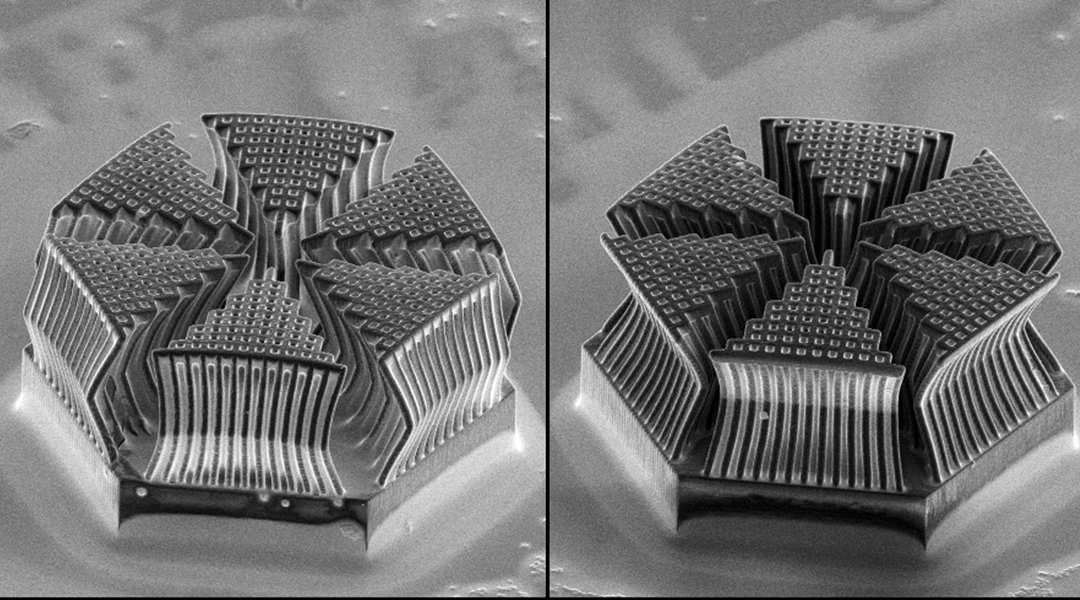3D printing or additive manufacturing technology has revolutionized how products are designed and manufactured. While conventional 3D printers can print objects in the macro scale range, microscale 3D printing allows manufacturing miniaturized structures at micron or sub-micron level resolution. This emerging technology opens up exciting new avenues for miniaturizing products across industries.
How does Microscale 3D Printing Work?
Microscale 3D printing utilizes different techniques compared to traditional macro scale 3D printing to achieve micron level resolution. The key technologies enabling microscale printing include two-photon polymerization,Direct light processing, multiphoton lithography etc.
Two-photon polymerization works by utilizing near-infrared ultrafast laser pulses focused inside a photopolymer resin. When the high intensity laser beam interacts with the resin, it induces two-photon absorption simultaneously by molecules to trigger polymerization only at the focal point. By scanning the laser beam in 3D, arbitrary microscale structures can be fabricated layer-by-layer.
Direct light processing uses digital light processing technology coupled with photolithography to project grayscale images inside a photocurable resin bath. This allows polymerizing full layers simultaneously instead of point-by-point scanning for faster printing. The minimum feature sizes printable are around 5-10 microns.
Multiphoton lithography takes advantage of multi-photon excitation to polymerize photosensitive materials. Femtosecond laser pulses in the near-infrared region coupled with precisely controlled beam scanning enables printing 3D structures with 100 nm resolution.
Applications of Microscale 3D Printing
Microscale 3D Printing is finding extensive applications across diverse domains by enabling miniaturization of products. Some of the key application areas include:
– Microelectronics
This technology allows printing microelectronic circuits, sensors and components at micron scales directly on silicon wafers or substrates. Complex 3D interconnects required for advanced circuits can be fabricated layer-by-layer with this approach.
– MEMS and Microsystems
Micro-electromechanical systems (MEMS) incorporating microfluidic, optical and electrical components benefit hugely from microscale printing. Complex 3D microfluidic lab-on-chip devices, micromotors, and medical implants have been demonstrated.
– Biomedical Engineering
Printing living tissues, scaffolds for tissue engineering and medical implants with intricate vascular networks is a major application. Drug delivery patches, lab-on-chip diagnostic devices and surgical guides have also been printed.
– Micro-Optics
Three-dimensional diffractive optical elements, microlens arrays, photonic crystals and diffusers have been printed for applications in imaging, displays and sensing.
– Microfluidics
Complex 3D channel designs, gradient structures and encapsulation of components enable lab-on-chip devices for chemical/biological analysis, point-of-care diagnostics and microreactors.
Advantages over Conventional Methods
Microscale 3D printing offers compelling advantages compared to traditional microfabrication techniques:
– Complex 3D geometries: Nearly arbitrary 3D structures can be printed layer-by-layer unlike lithography which is limited to 2.5D profiles.
– Time and cost effective: No need for cleanroom facilities, masks or prolonged multi-step processes. Designs can be directly printed.
– Material versatility: Both photoninitiated polymerization and binder jetting approaches support a wide variety of materials like polymers, ceramics and composites.
– Precision and resolution: Sub-100nm feature sizes can be achieved, far surpassing other techniques like micro-milling or laser machining.
– No assembly required: Complete 3D devices are printed in a single step without any assembly of micro-components required.
– Customization: Designs can be easily modified or customized as per application needs. Rapid iterations are possible.
*Note:
1. Source: Coherent Market Insights, Public sources, Desk research
2. We have leveraged AI tools to mine information and compile it

